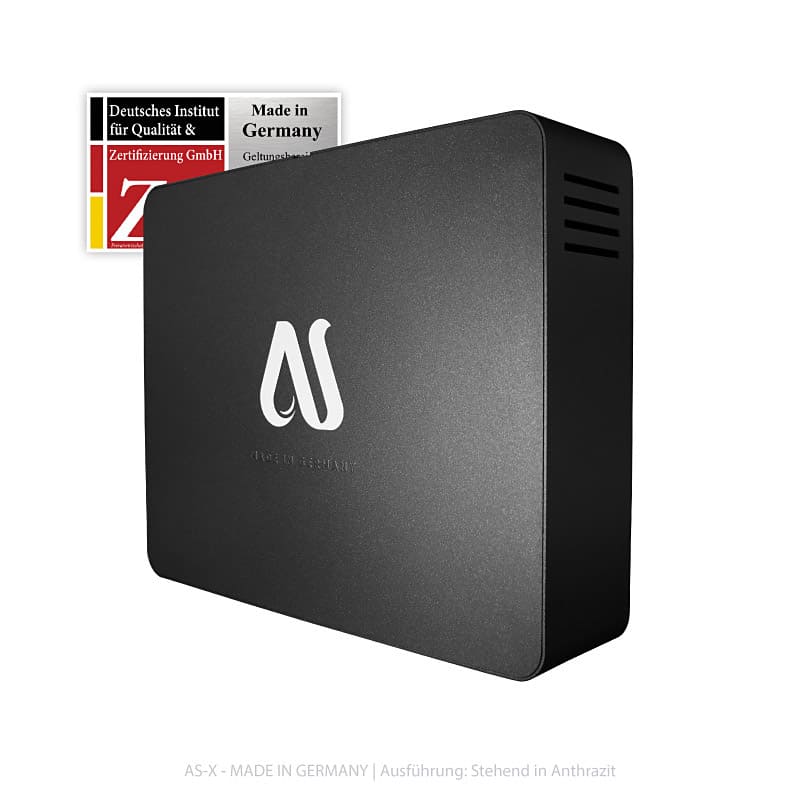Facts It Is Advisable To Understand About Reverse Osmosis Water Filters
The tap water which comes out of your faucet is ideal. Get a filter or why not be a filter. Which present in sentences tend to be more true? Are partially true.

In numerous places, plain tap water doesn’t taste good. Anywhere else, tap water has tiny levels of substances you will not wish to drink – well as over a very long time might have an impact on you.
There are numerous forms of potential issues in regular faucet water. Even when your city provides good water, it requires to travel further through old pipes in order to your home.
Usually when you use a whole-house filter, shower heads and faucet screens don’t clog. Whole-house filters are separate from mineral water filters.
All reverse osmosis water systems require both sediment and carbon pre-filters. All filters have to be changed. Intend on changing sediment and carbon filters every six months or sooner, and ro membranes every 2-3 years.
The hardest elements of installing water filters are connecting for the supply side from the water into the house, connecting to a drain line for your waste water, and installing a clean water faucet onto your sink. The entire content of a water filter installation is easy.
You need a plumber, or get a system where they’ll do the installation to suit your needs. The most effective systems have clear plastic casings, to help you discover how dirty the filters get. The best systems also have standard-sized replacement filters, which means you do not have to buy tiny, expensive, and proprietary filters.
Ro water filters require both a sediment along with a carbon filter before them, to screen out the dirt and most in the junk, prior to water enters the opposite osmosis filter.
A sediment filter blocks particles larger than a couple microns.
Water passing through activated carbon blocks still has some particles, chlorine, nitrates, fluoride, and other dissolved junk. The next phase to get the best quality water is often a ro filter.
Ro filters force water through 0.0001 micron-wide holes, through semi-permeable membranes. Long sheets of membranes are sandwiched together and rolled up around a hollow central tube inside a spiral.
The opposite osmosis filter removes 99% of the remaining junk in water. It will require just about everything out, the calcium and magnesium within the water. Most often a small carbon filter can be used following your reverse osmosis filter, to enhance the flavour and catch a little more of that 1% of junk the opposite osmosis filter lets go though.
Reverse osmosis water filters generate waste water, and they also produce only some drops of clean water per minute. Because of this, most reverse osmosis systems use a storage tank to build up water. All ro systems have a drain line for waste water, which is “wasted”. The waste water bring plants, dumped to waste, etc.
Ultra-pure water can grow algae very easily. Once you take chlorine and other nasty stuff from water, tiny microbes and sunlight can combine to produce a perfect environment to cultivate harmless algae.
The standard of water filtered this way is cleaner than even sanitized water. Some individuals think pure water tastes flat. Some individuals add a tiny quantity of sea salt to pure water. For me, no salt is required, pure water tastes like water should.
The world wide web has baseless scare stories about how exactly ultra pure water is dangerous. Hogwash. If you inject pure water, it may hurt you. Drinking pure water will not hurt anyone unless they are fasting.
The moment that pure water hits your mouth it’s no longer pure. Absolutely nothing is better to make coffee, cooking, and ice cubes, than using pure water.
To learn more about Reverse Osmosis System direct flow have a look at this useful internet page: this
